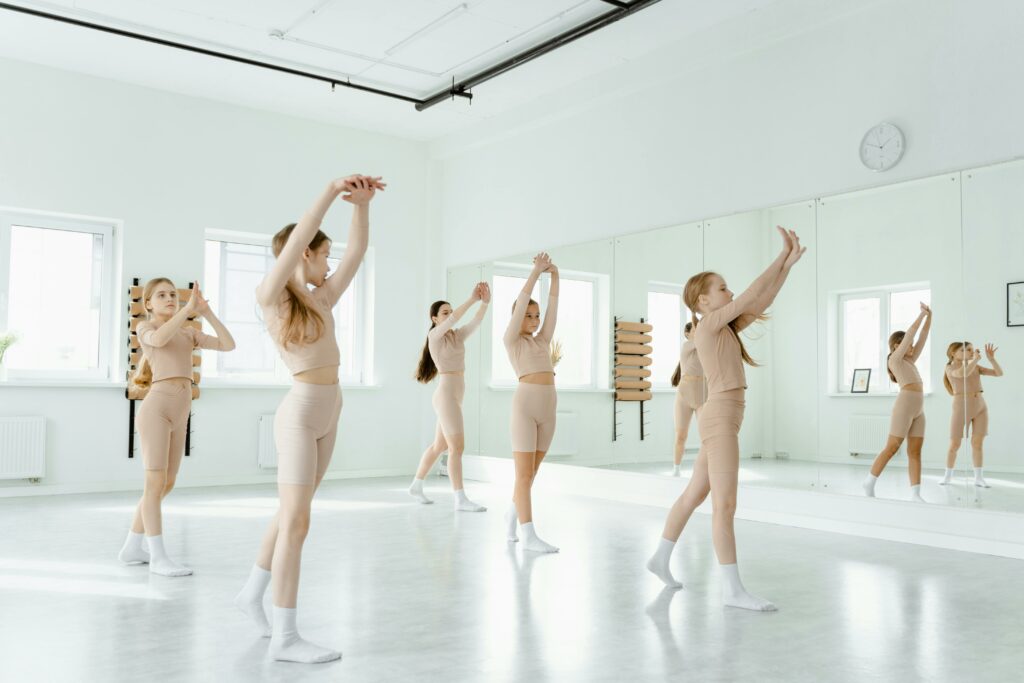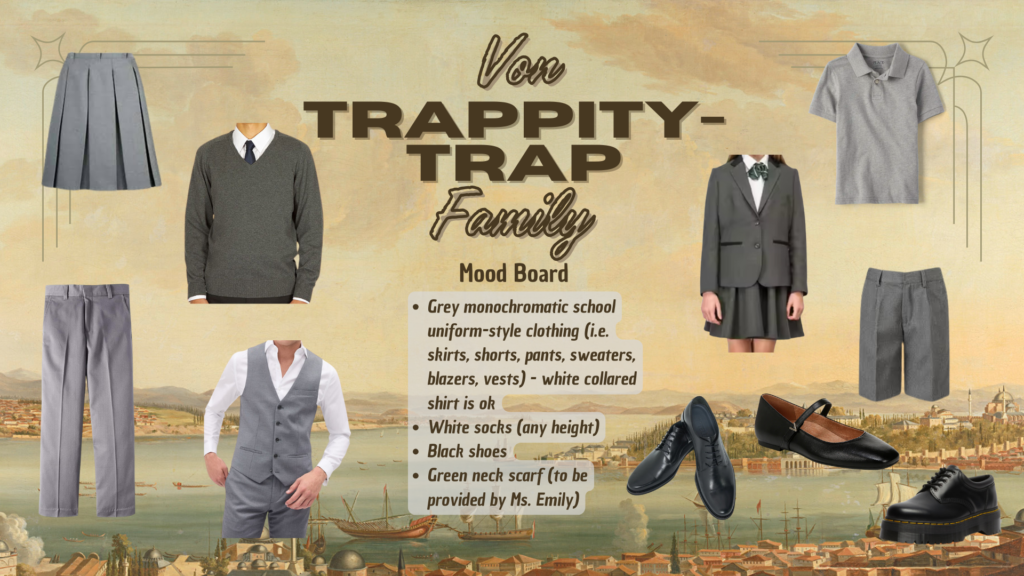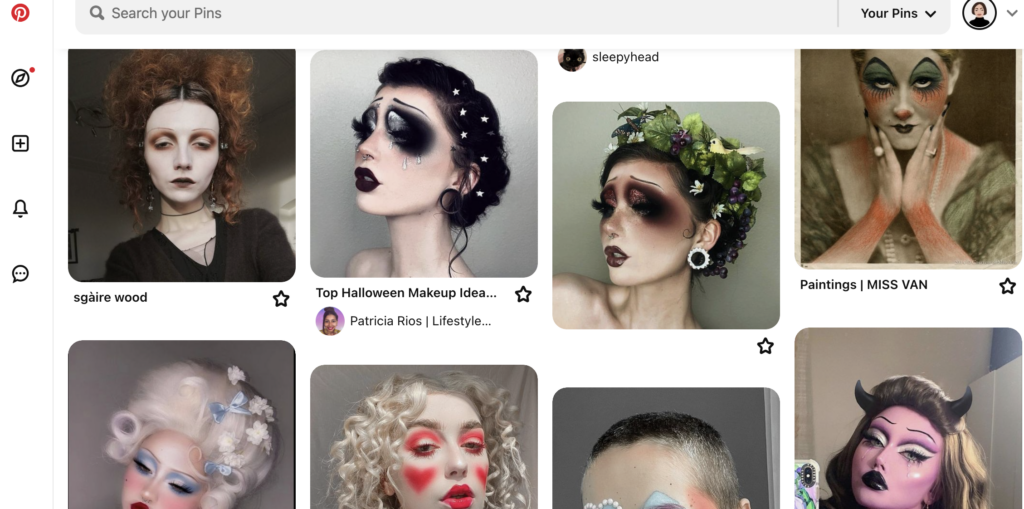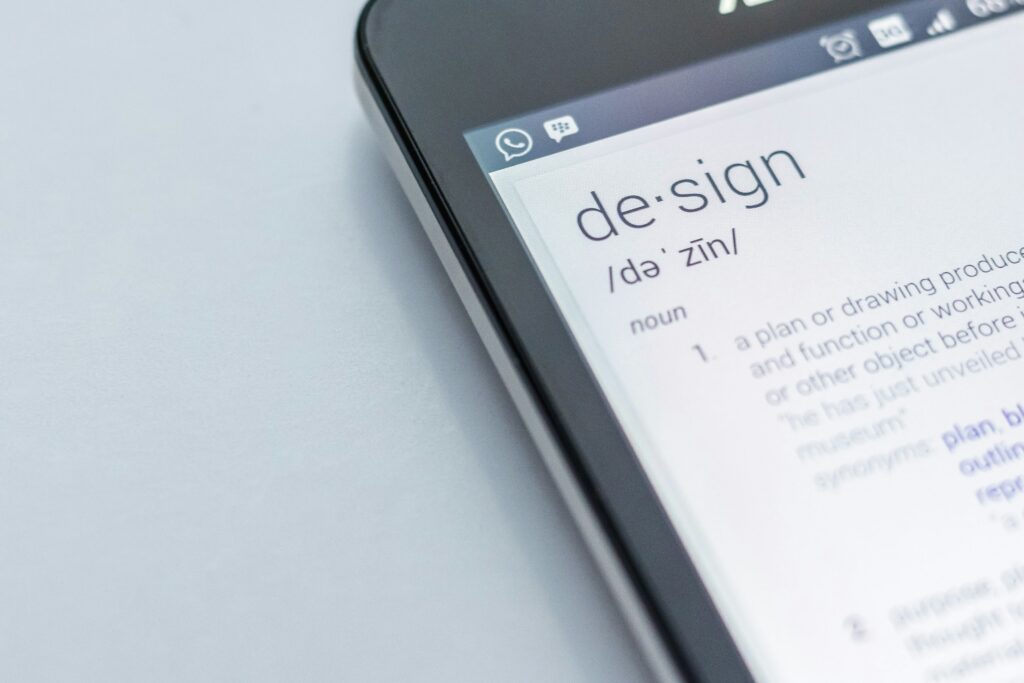Recently, our class participated in an EdCamp: a participant-driven “unconference” information-sharing activity. EdCamps are different from traditional conference structures, in that they empower attendees to shape the event based on their interests. This approach fosters collaboration, creativity, and meaningful engagement, making it a standout model for professional learning!
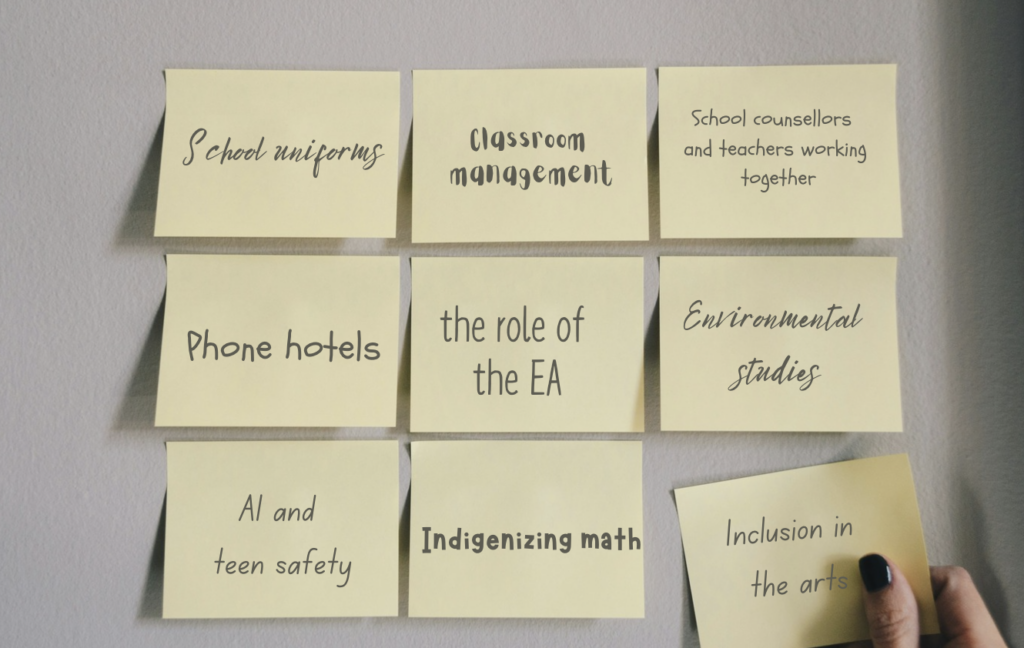
Photo by Kelly Sikkema, text additions by Emily Eymundson
We began with a blank wall and blank Post-Its, and were encouraged to write down topics we were passionate about discussing within the realm of education, pinning our ideas to the wall. From there, participants voted on the ideas that resonated most using little coloured stickers. The most popular topics became the focus of breakout sessions, where smaller groups would dive deeply into the chosen subjects.
I initially submitted a topic on school dress codes, a subject that I think sparks frequent debate among educators. However, my curiosity drew me to another group focusing on AI and teen safety.
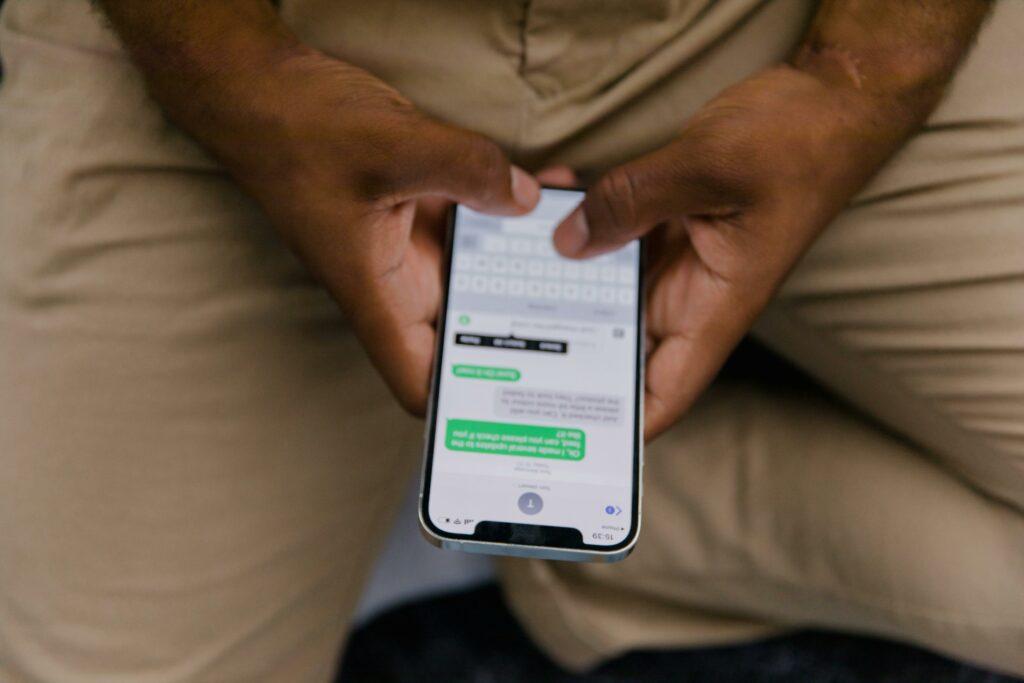
Photo credit: RDNE Stock project
The group conversation delved into the dangers of chatbots and the growing reliance some teens have on digital interactions over real-world socialization (possibly as a result of social isolation due to the recent pandemic). One horrific example we examined involved a teenager who tragically died by suicide after forming a “relationship” with a chatbot. This teen reportedly struggled to differentiate reality from the AI’s responses, ultimately leading to his untimely death.
The discussion devolved into how important it is for us as adults and educators to stay informed about the rapid evolution of technology and its potential risks. As AI becomes more embedded in everyday life, our responsibility extends beyond simply teaching students how to use these tools; we must also equip them with critical thinking skills to navigate the ethical and emotional complexities that arise.

Photo credit: Julia M Cameron
What I appreciated most about the EdCamp experience was the participant-driven format. It offered us agency, not only in the topics we discussed but also in how we engaged with those topics. This flexibility mirrors the student-centred approaches we strive for in our classrooms.
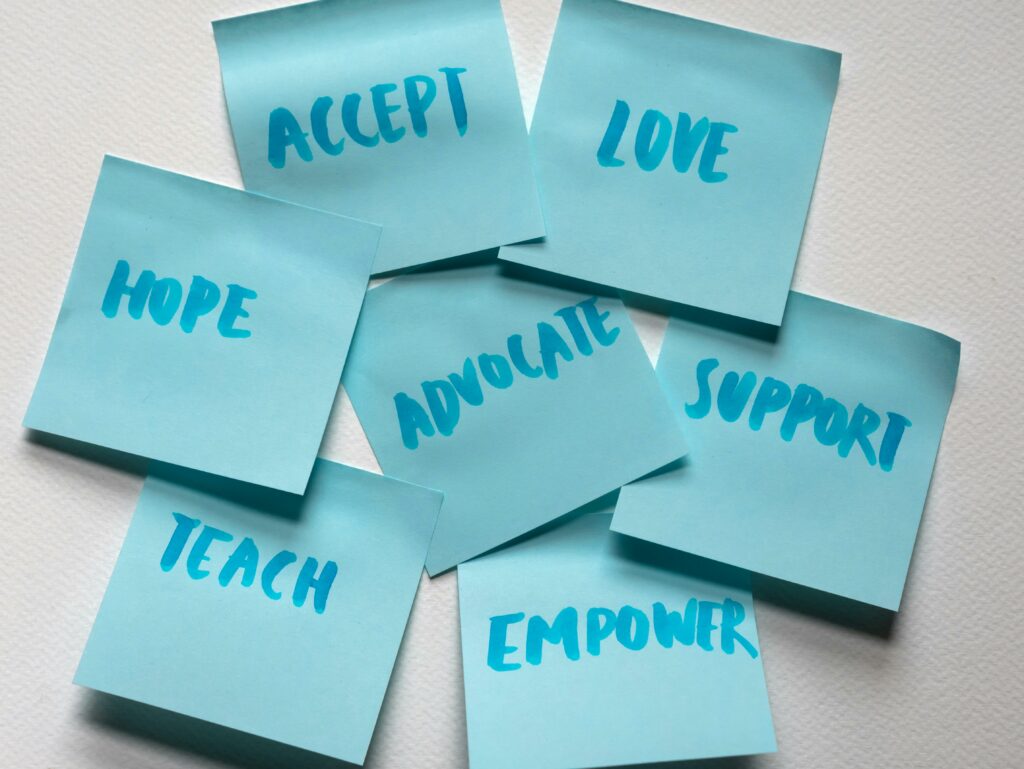
Photo credit: Polina Kovaleva
I found myself imagining how this model could be applied to student learning. Considering one of my teachables is English, I can imagine an EdCamp-style activity in a Creative Writing class where students brainstorm and vote on themes or genres they’d like to explore, then break into groups to workshop their ideas. The potential for collaboration and deeper engagement is endless, across all subject areas.
